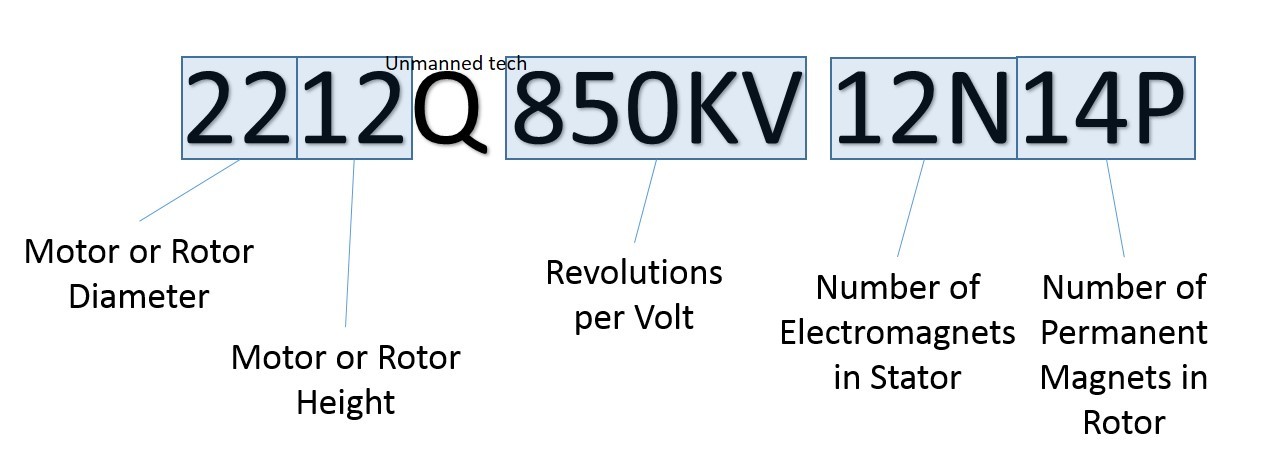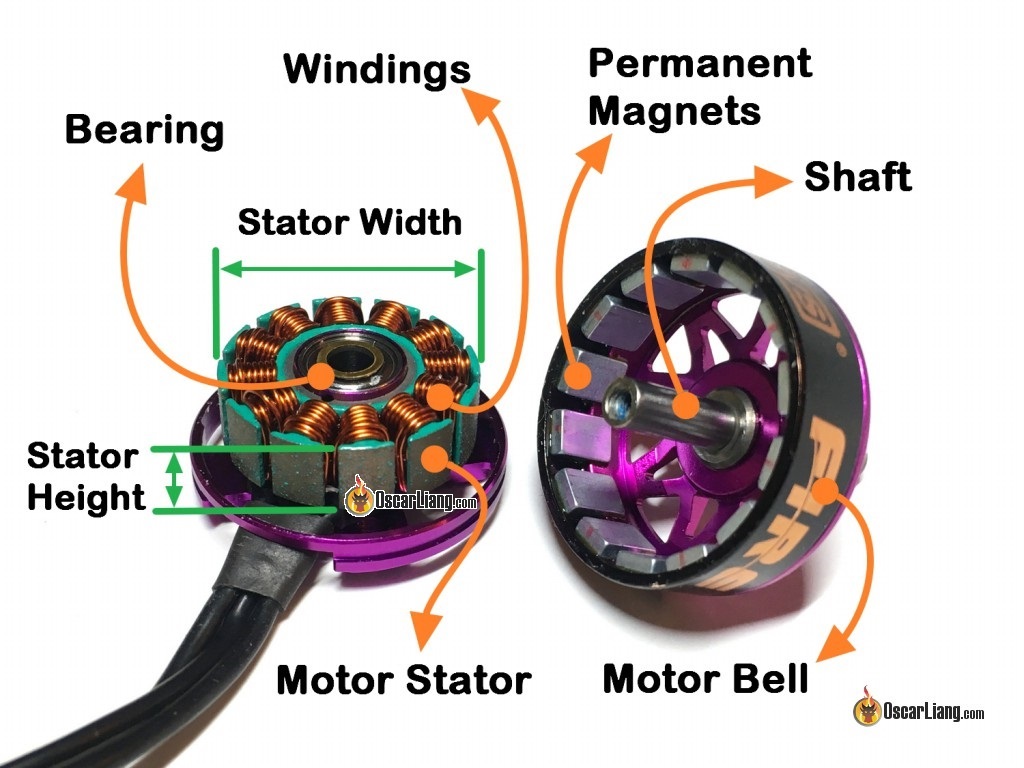I get that the first four numbers for a motor represent its diameter and height, but can they indicate more than just the outer dimensions? Why, as an end user, do we care about size—unless the motor is so huge (unlikely) that it is unusable.
Do these numbers somehow represent weight? I was mistakenly sent a 3512 from a supplier instead of 2810, and it’s pretty damn heavy.
Any ideas?
Do these numbers somehow represent weight? I was mistakenly sent a 3512 from a supplier instead of 2810, and it’s pretty damn heavy.
Any ideas?


